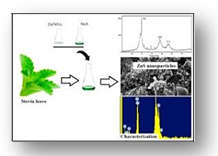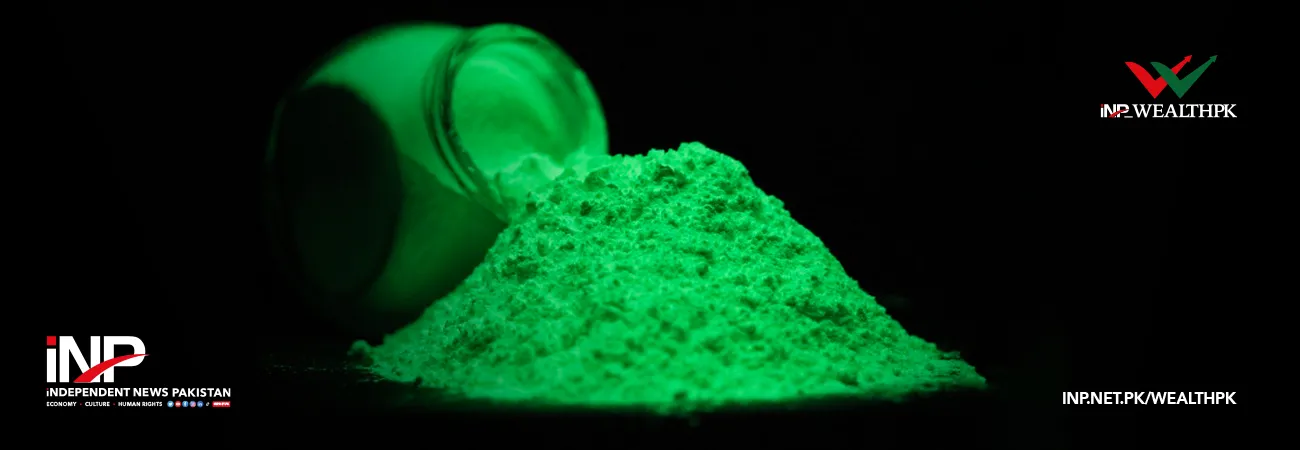INP-WealthPk
Faiza Tehseen
Policymakers should focus on extracting green zinc sulfide (GZS) locally for ensuring environmental safety, cutting import bills and generating revenues.

“Wild fig (Ficus Johannis) is a great source to synthesise GZS,” said Dr Riffat Tahira, Principal Scientific Officer at the National Agricultural Research Centre (NARC). Talking to WealthPK, she said highly effective biological synthesis using plant-derived products was popularising across the globe. “Nanotechnology is used in coping with the impacts of industrial pollutants to a large extent. Zinc sulfide is an important metal oxide, and GZS is one of such nanotechnologies that work as an eco-friendly nano-photocatalyst to reduce the wide impact of industrial pollutants.” She said that GZS had been used for decades to serve multiple industrial purposes – effective in hindering ultraviolet radiation and used as a nano-fertilizer to nourish the zinc-deficient lands. She maintained that GZS, having distinctive photochemical capabilities, was an active antibacterial, fungicidal and catalytic agent. “It is also used in the medical sector, especially in treating skin-related problems.
Zinc sulfide is used to manufacture infrared optics and as a pigment for the rubber, plastics and paint industries. It is also one of the first-ever discovered semiconducting materials applied in optoelectronic devices – sensors, flat-panel displays, ultraviolet light-emitting diodes and electroluminescent.” Riffat said the major source to produce GZS was the wild fig plant, which was abundantly found across Pakistan, especially in northern Balochistan. “Besides giving healthy fruit, it is highly beneficial for the environment and industry. Policymakers should focus on it, especially for the green synthesis of zinc sulfide. Besides fulfilling the indigenous needs, the excessive amount can be exported.” Discussing with WealthPK the importance of indigenous green synthesis of zinc sulfide in lowering the level of industrial pollutants, Mussawir Qureshi, environmental health and safety specialist at Sindh’s Local Government and Solid Waste Management Department, said that the increased industrial growth had created a massive crisis in the environment, human societies, animal habitats and vegetation.
“Phenol derivatives and polycyclic aromatic hydrocarbons (PAHs) are considered the main hazardous industrial pollutants.” He said: “As PAHs bring severe toxicity impacts even at a low concentration, their removal is extremely important. Conventional pollutant removal techniques are ineffective, so green nano-photocatalysts play an important role in sustainable treatment. Zinc sulfide is used to photodegrade some industrial pollutants, including naphthalene, anthracene, chlorophenol, and nitrophenol. Naturally occurring wild figs in Pakistan are the key source of green zinc sulfide synthesis. Local production of GZS will not only save the precious foreign exchange on its import, but it will be available at economic cost domestically.”
Credit: INP-WealthPk













